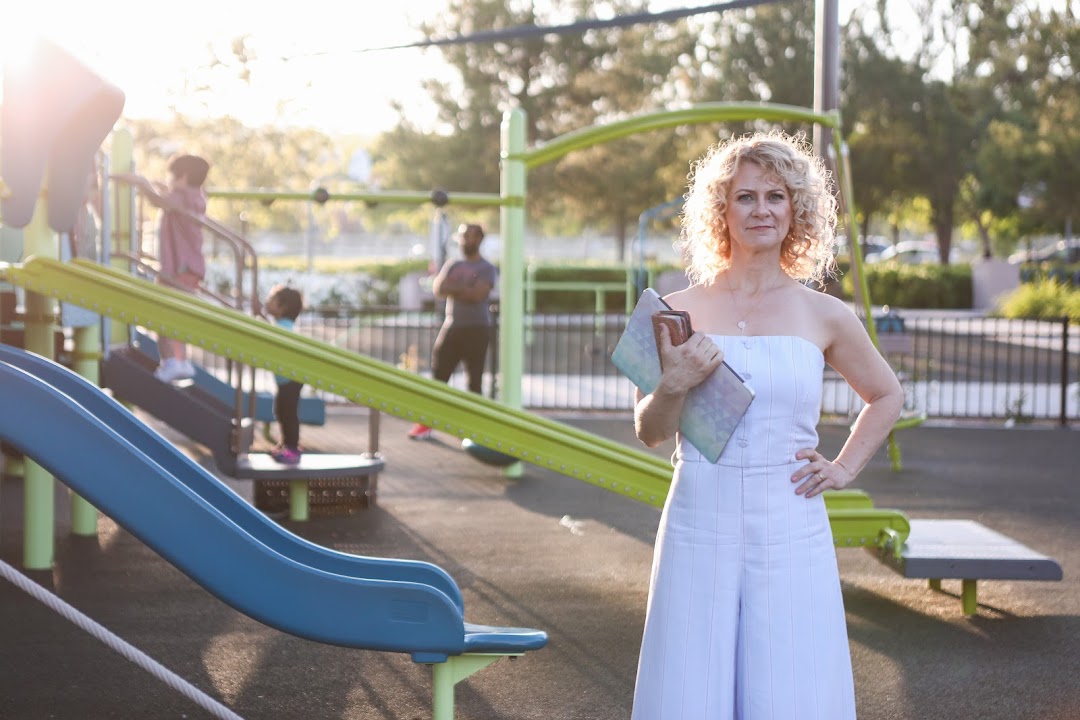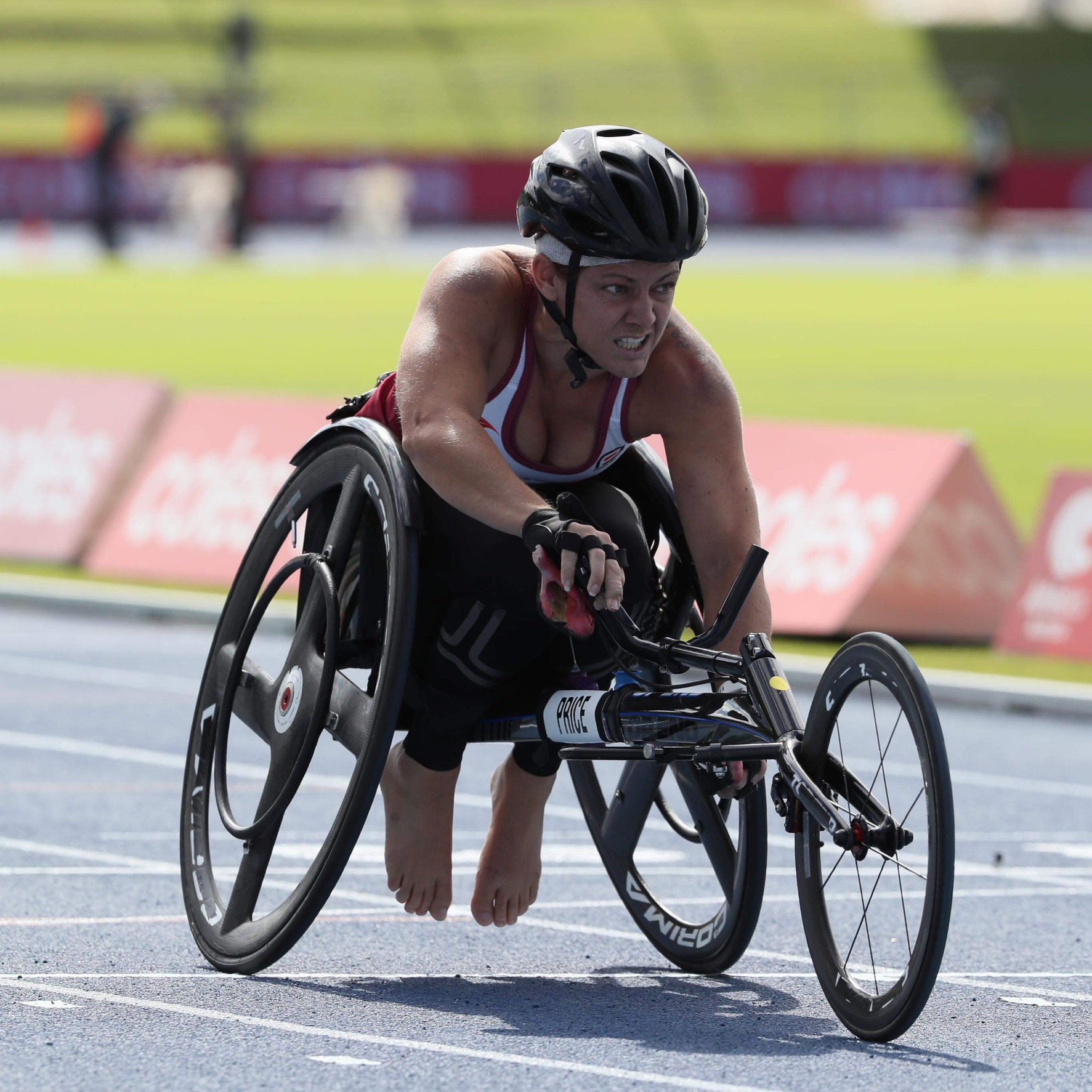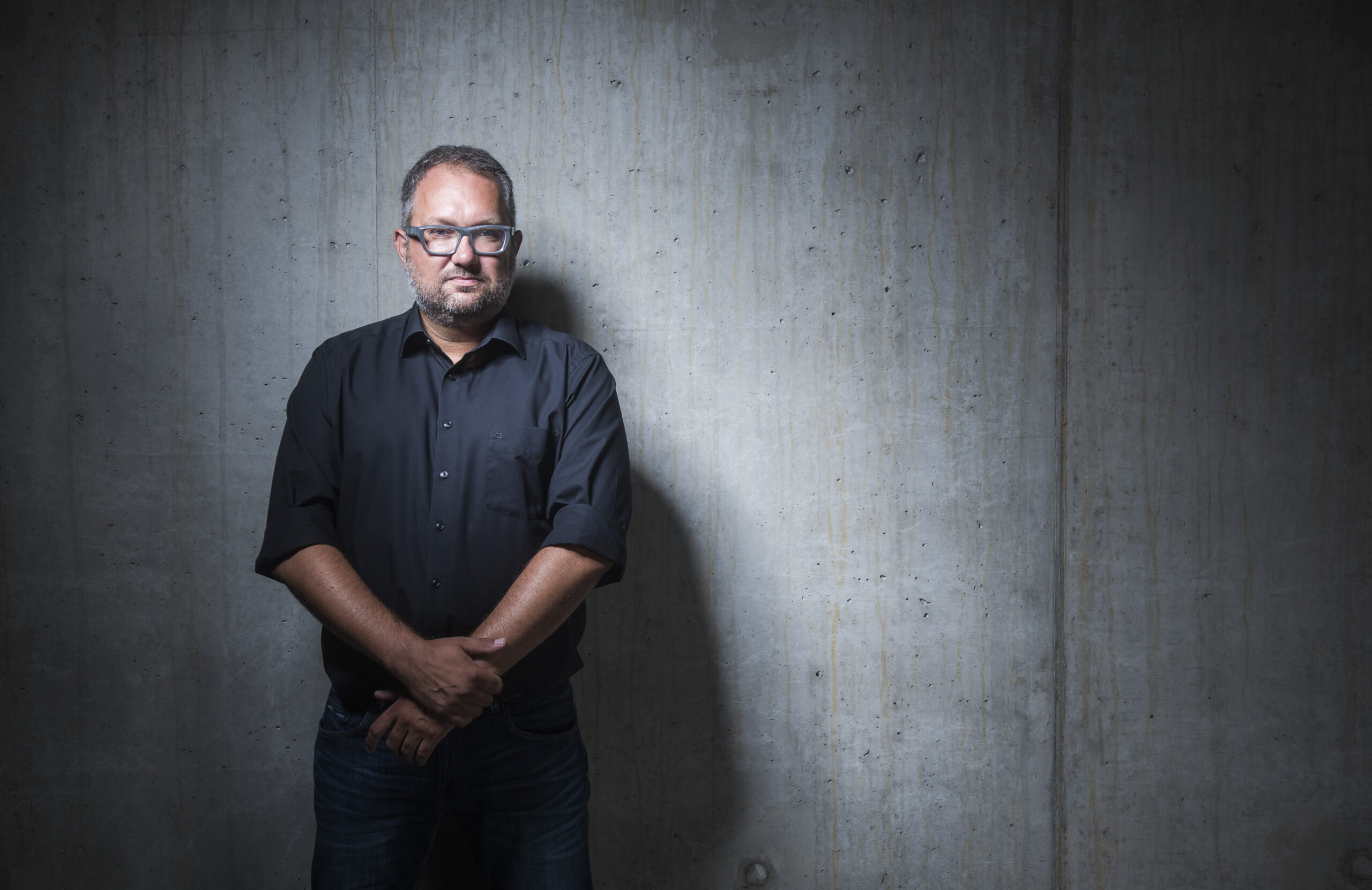Uniting for change on Rare Disease Day
It’s been a long but rewarding journey for Iuliana Dumitriu, whose 9-year-old son Victor has a rare genetic disorder called Coffin-Lowry syndrome. Now she’s helping other families by connecting them and raising awareness around the world.
“When Victor was born, he was very floppy and his legs had no muscle tone. His head was also very big. Over the next few years he wasn’t developing as expected, but we were told not to worry and that he would catch up,” says Iuliana. When he was three, he still could not speak and lacked physical co-ordination, so Iuliana took matters into her own hands.
She started doing a lot of reading, getting Victor various medical tests and consulting with specialists in other countries. With the support of doctors and medical technology such as magnetic resonance imaging (MRI), advanced genetic testing, ultrasounds, x-rays, video electroencephalograph and specialised blood and urine tests, she was able to gather valuable information that would eventually help her to get a diagnosis. “I tested all my son’s body parts: from brain, to bones, muscles, organs, blood, urine and DNA,” she notes.
Coffin-Lowry syndrome affects neurological development and the MRIs showed that Victor’s brain had a neuron deficiency. Neurons are responsible for sending messages all over a person’s body so that they can function physically and mentally.
Artificial-intelligence-based facial recognition technology also led Iuliana one step closer to a diagnosis. Children with Coffin-Lowry syndrome often have specific facial features such as wide-set eyes that are turned slightly downwards and the AI technology picked up on this.
The disorder only affects about one in 50 thousand children, so getting a diagnosis was extremely challenging – it took seven years. While Iuliana suspected that her son had Coffin-Lowry syndrome based on her extensive research and the clues that the various tests revealed, there was still no genetic evidence to prove it.
That was because he had an extremely rare genetic mutation that traditional genetic tests didn’t identify. It wasn’t until doctors in France and the US were able to carry out genetic tests using special medical technology that a diagnosis was confirmed.
Iuliana works tirelessly to educate the medical community about the disorder so that other parents can get an early diagnosis and give their children the best possible outcome.
She regularly speaks at international medical congresses and founded the Coffin-Lowry Syndrome Association in Romania, which is the only patient organisation for the disorder in Europe and is part of Rare Disease Europe (Eurordis) and the European Reference Network for Rare Malformation Syndromes, Intellectual and Other Neurodevelopmental Disorders (ITHACA). Connecting Coffin-Lowry families is also a major part of Iuliana’s advocacy work – she remembers how helpful it was when she was looking for answers.
“I feel lucky that we’re in a very good period right now,” Iuliana comments. “We know that we have to continue with Victor’s treatments and therapies to minimise the possibility of future complications. We’re doing everything we can to prevent issues that can arise later in life, like heart conditions, scoliosis and loss of muscle strength. We work hard on developing his cognition and helping him to be as independent as possible. We’re still on the journey but things are stable.”






